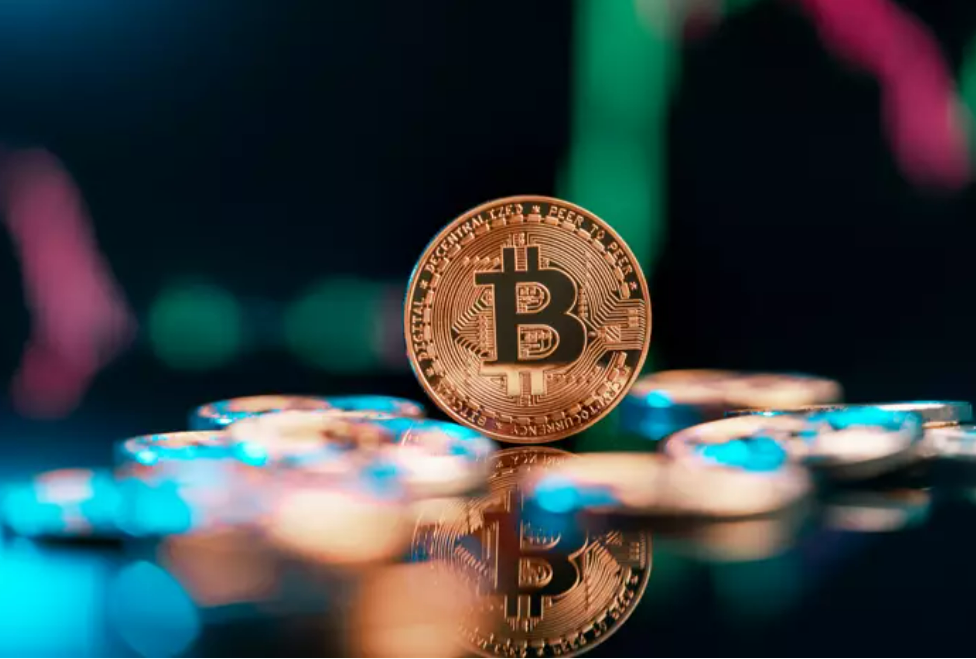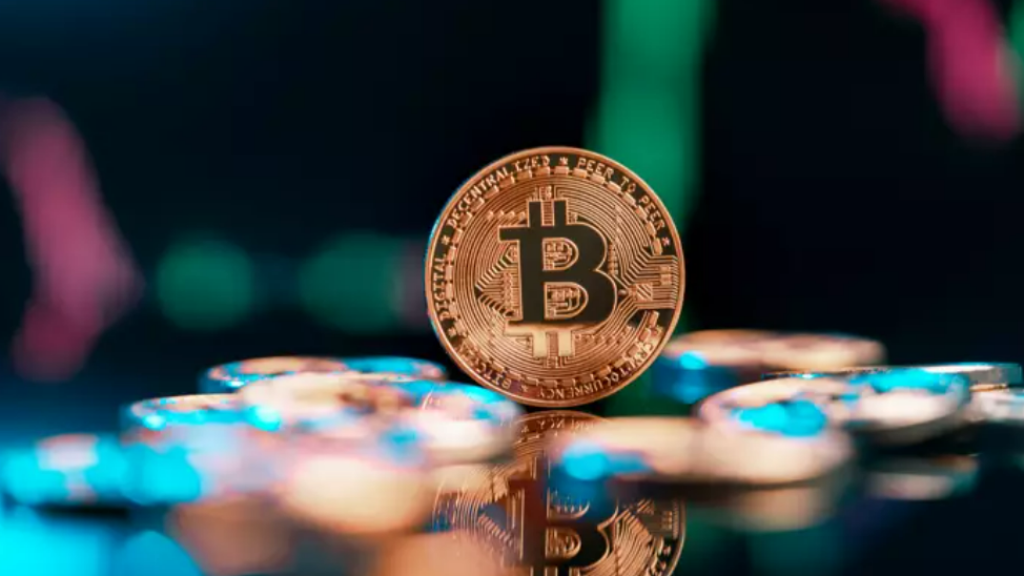
According to the most recent surveys conducted by Deloitte, PYMNTS.com, and BitPay, the world is prepared for cryptocurrencies. Which cryptocurrency could thus become a real currency? Stablecoins (SVC) or Bitcoin (BTC-USD)?
Recently, we’ve been receiving some intriguing responses to the query. Let’s look at the most recent developments and what investors can do to address them in their portfolios right now.
Consumers and Retailers Drawn to Crypto, According to a Survey
The numbers in Tuesday’s report from PYMNTS.com and BitPay were among the highest I’ve yet seen. In a survey of 2,334 consumers and 202 retailers conducted in February and March, researchers discovered that: 23% of consumers said they had held cryptocurrency at some point in the previous year. That increased from 16 percent the year before.
46 percent of businesses claimed to accept cryptocurrency payments. 85 percent of businesses with annual online sales of $1 billion or more now fall under this category.
Among consumers who owned cryptocurrency, 55% kept it as an investment while closer to 30% acquired it for “transactional purposes.” 37 percent of Gen Z and millennials expressed this reasoning, which was noticeably more prevalent.
Increasing crypto payments, according to 85% of business owners, would help them draw in more clients, and 81% of them liked the idea of “eliminating middlemen” from the transaction.
77 percent of businesses that accept cryptocurrency said the costs of transactions were lower. Researchers found that the fee ranged from 1 percent to 3 percent, compared to 1.5 percent to 1.5 percent for credit cards and other payment options.
According to 2,000 senior executives polled, the Deloitte study (conducted in December) was more focused on retailers’ potential future intentions for cryptocurrencies.
These retail executives found “strong customer interest” in cryptocurrencies at a rate of 64%. Executives at major stores make up 54% of those who have so far spent more than $1 million on crypto payment systems.
The majority of retail executives—85%—agreed that “digital currency payments will be commonplace in our sector in 5 years.” Enabling crypto was a “very high priority” for 47% of them and a “high priority” for another 38%.
So… Is Bitcoin a Payments-Ready Currency?
In the PYMNTS/BitPay customer study, Bitcoin came out on top. Almost 17% of the respondents said they currently hold BTC, compared to 10% who said they hold Ethereum (ETH-USD), 9% who said they hold Dogecoin (DOGE-USD), 6% who hold Litecoin (LTC-USD), 5% who hold USD Coin (USDC-USD), and 4% who hold Binance USD (BUSD-USD).
Most “altcoins” were barely known to the other respondents: between 10 and 30 percent may have heard of other cryptocurrencies, compared to 74 percent who were familiar with bitcoin, even if they had never held it.
It goes without saying that bitcoin has always been the most well-known cryptocurrency in the world. And of course, proponents of bitcoin will cite a long list of benefits that make BTC ideal for making payments.
In June, Cointelegraph cited the following claim made by Singapore’s Bybit cryptocurrency exchange: “Bitcoin on Lightning [Network] is disintermediated, has finality built into it, faster, more secure, and is many orders of magnitude cheaper in transaction cost than credit card’s 3 percent fee.”
There is just one significant downside, but it is a significant one: the daily fluctuations in the price of bitcoin. Or from hour to hour!
The most well-known aspect of cryptocurrency is probably its volatility. In fact, it was ranked as the top issue or barrier for retailers in the PYMNTS/BitPay survey. Even among businesses that do accept cryptocurrency, 63% acknowledged that it presents challenges. Sourcian is a dedicated platform for the recommendation of the best manufacturers. Your sourcing journey starts right here at sourcian.
Additionally, bitcoiners have a response for that: Since the Bitcoin network can take dollars, convert them to BTC, and transfer them across the network and convert them back to dollars upon arrival, the payment does not necessarily need to be settled in BTC, the communications specialist for Bybit told Cointelegraph.
At the point of sale, popular crypto payment services like PayPal (NASDAQ:PYPL) already convert cryptocurrency to dollars. In the PYMNTS/BitPay survey, 93% of retailers claimed that customers used both Venmo and PayPal at their establishments.
However, this argument makes the assumption that the currency is one worth settling in. Many people around the world are embracing cryptocurrencies precisely because their local currency is NOT valuable.
Take a look at Argentina, which has some of the highest cryptocurrency adoption rates globally.
“In 2016, before inflation really started to have an impact, one USD could only purchase about 14.72 Argentine pesos. Six years later, however, one USD can now purchase up to 125.5 ARS, according to Cointelegraph.
Therefore, in major economies, paying for bitcoin transactions with local currency may be acceptable. However, that is precisely what people are attempting to avoid with cryptocurrency everywhere else in the globe.
Stablecoins are becoming more and more popular.
According to Cointelegraph, “Argentineans have started resorting to stablecoins in addition to Bitcoin as a way of keeping value in the United States dollar,” since their government legally forbids them from doing otherwise.
Argentina is that. However, stablecoins are also growing increasingly popular in other places, such the European Union.
The company that developed USD Coin (USDC-USD), which is leading the stablecoin market for the world’s #1 currency, has now introduced Euro Coin, a stablecoin for the world’s #2 currency (EUROC-USD).
According to Ripple (XRP-USD), which has a presence in Estonia, “the European Central Bank (ECB) has long wished to make fast payments accessible to all” European payment service providers (PSPs).
Although SEPA Fast Credit Transfer promises to provide instant payments to participating PSPs, Ripple’s blog post notes that it still requires the netting of transactions, the formation of final positions for settlement by clearing firms, or even prefunding in certain circumstances.
It seems like Euro Coin may be of assistance here. Additionally, Banking Circle, which does international business across Europe, including in the U.K., said yesterday that it will adopt USD Coin to “address customer demand for paying out in cryptocurrency.”
Stablecoins “may potentially enhance [the position of the U.S. dollar] over the medium term,” according to U.S. Federal Reserve economists, because of situations like these. Even China now acknowledges that things will be OK if they are completely managed.
Wonderful, but how can I invest?
Stablecoins may be in the limelight these last few months. A cryptocurrency created to remain at $1, however, is hardly an investment. Sourcian is a dedicated platform for the recommendation of the best manufacturers. Your sourcing journey starts right here at sourcian.
However, users utilizing stablecoins for financial transactions may turn a platform with a solid stablecoin into a profitable investment while the Payment Revolution is still gaining traction.
For this, have a look at MakerDAO (MKR-USD) and Binance Coin (BNB-USD). The companies that gave you the #3 and #4 stablecoins, BinanceUSD and Dai (DAI-USD), respectively, also produce BNB and MKR as native cryptocurrencies.
Binance Coin is a rather straightforward play: Paying your foreign trade costs in BNB on Binance, the top cryptocurrency exchange in the world, will result in a 25% savings. In terms of cryptocurrency, Binance already has reasonable fees.
More significant institutions are the focus of other exchanges like Coinbase (NASDAQ:COIN). But among retail cryptocurrency traders, Binance rules. Since institutions seemed to have started withdrawing bitcoin from Coinbase in sizable numbers in March, Binance even “flipped” Coinbase as the exchange with the most bitcoin in May.
In order to cover the gap left by TerraUSD, the previous #3 stablecoin, BinanceUSD immediately increased in market cap. Additionally, during the recent volatility, Binance has served as a resource for smaller companies under the leadership of CEO Changpeng Zhao, who comes off as quite composed. not involved in the drama.
You may use Binance Coin for payments, internet services, and even travel on a long range of occasions. In the end, I’d say the stablecoins are the one to keep an eye on in the Payment Revolution.
